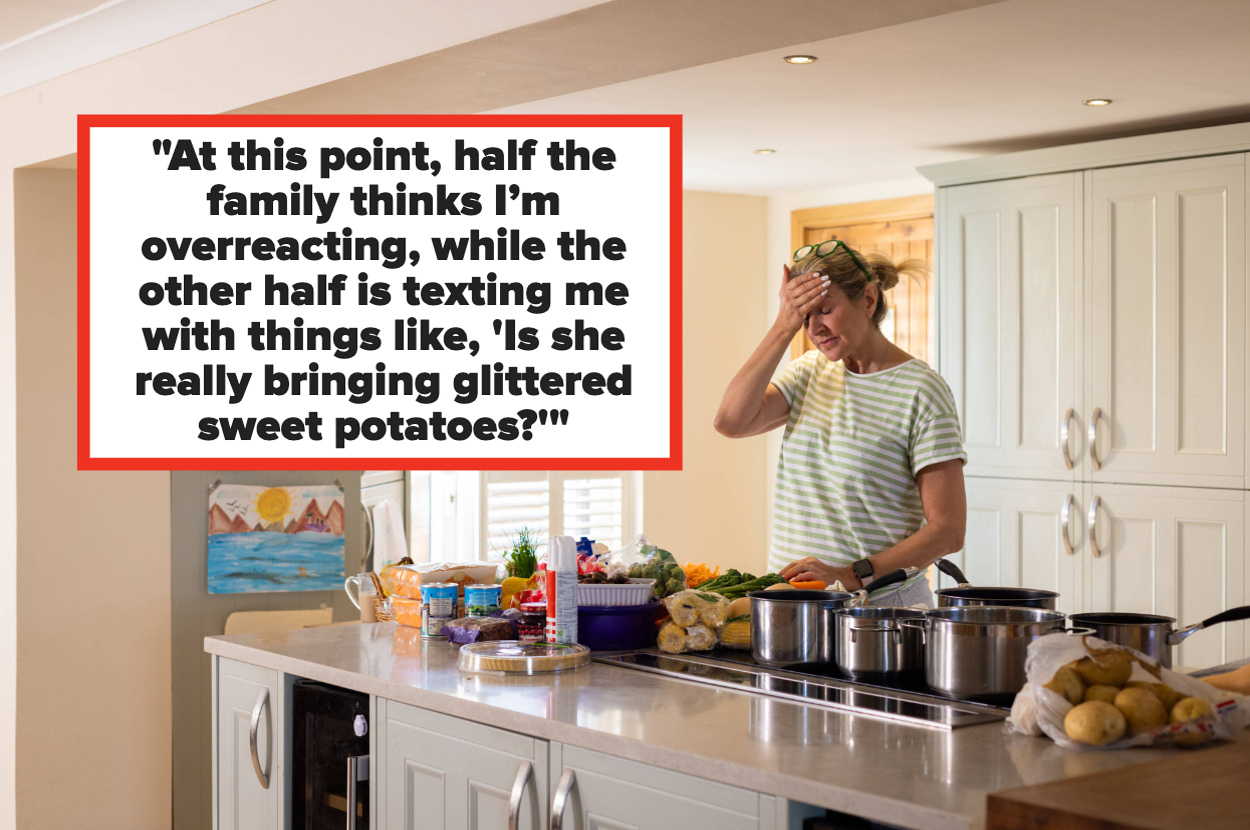NEW ORLEANS (AP) — As Hurricane Helene approaches the U.S. Gulf Coast, coming on the heels of another major storm two weeks ago, blackouts are all but certain in some areas.
That carries extra risk for some people. In New Orleans, Verna Lee and her husband Ronald Bailey, both 71, worry each time the lights go out, how long the batteries will last on the breathing machine Bailey relies on to keep his airways open at night. There is always that stressful decision to stay or to leave, with all the upheaval evacuation entails.
“Ron’s always a little more willing to stay but it’s like, he can’t,” Lee said. Two weeks ago when the lights went out during Hurricane Francine, “He was thinking he would just try to sleep sitting up,” she said. “When he lays down, he has to have that machine on to sleep because his breathing stops otherwise.
” Francine’s wind and rain lashed the dark neighborhoods, flooding them as Lee and Bailey almost decided to slog through hours of traffic to evacuate and stay with relatives in Texas. Then they remembered their neighborhood church still had its lights on. Inside First Grace United Methodist Church they found an air-conditioned refuge, a place to plug in their devices.
They were able to charge the breathing machine and go back to sleep in their own home. First Grace is part of the Community Lighthouse Project, an initiative born of hurricanes, to provide essentials like functioning electrical outlets and air conditioning to people .


















